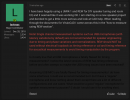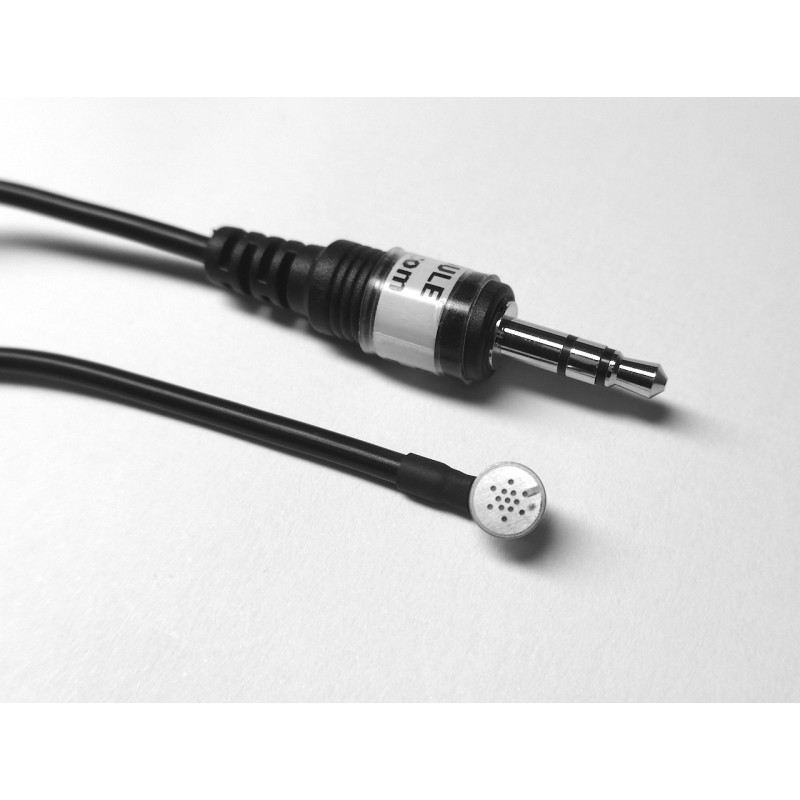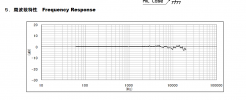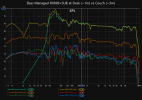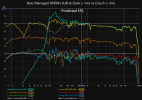I have been happily using a UMIK-1 and REW for DIY speaker tuning and room EQ and it seemed like it was working OK. I am starting on a new speaker project and decided to get a little more serious and look at CAD help. When reading through the documents for VituixCAD I came across this in the "how to measure using REW section".
Note! Single channel measurement systems such as USB microphones (with latency variations by default) are not recommended for speaker engineering due to timing and phase variations and normalizations. REW should NOT be used without electrical loopback as timing reference or cal and timing reference for acoustical measurements to avoid timing manipulation by the program.
Is it really true that all USB microphones a fatally flawed for timing measurements? I notice the latest versions of REW has timing references before and after sweeps so maybe the USB timing issues have been resolved?
Assuming USB MIC's are fatally flawed for timing measurements I do have some interfaces I could use as recommended but I don't have a "regular" microphone and know nothing about them except there are a lot of different configurations and use cases. What would be a good "regular" microphone for speaker measurement purposes? (I doubt I would use it for anything else).
Note! Single channel measurement systems such as USB microphones (with latency variations by default) are not recommended for speaker engineering due to timing and phase variations and normalizations. REW should NOT be used without electrical loopback as timing reference or cal and timing reference for acoustical measurements to avoid timing manipulation by the program.
Is it really true that all USB microphones a fatally flawed for timing measurements? I notice the latest versions of REW has timing references before and after sweeps so maybe the USB timing issues have been resolved?
Assuming USB MIC's are fatally flawed for timing measurements I do have some interfaces I could use as recommended but I don't have a "regular" microphone and know nothing about them except there are a lot of different configurations and use cases. What would be a good "regular" microphone for speaker measurement purposes? (I doubt I would use it for anything else).
Last edited:
